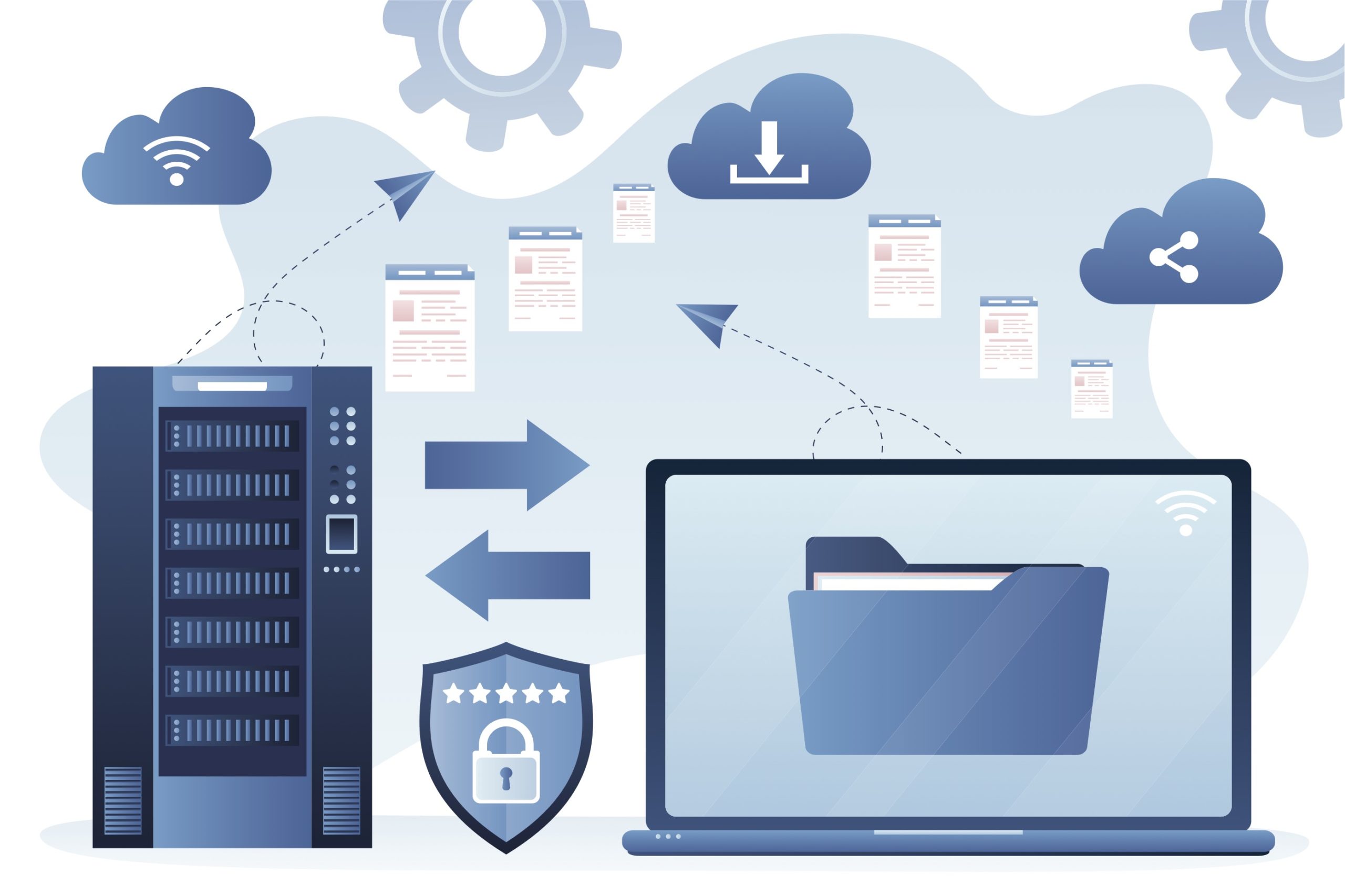Taking Microsoft Fabric From Prototype to Production
Microsoft Fabric is a powerful, unified analytics platform that promises to bring all your data into one place. But moving from a promising prototype to a robust, production-grade solution is where the real challenge and opportunity lies. Over the past two years, we’ve helped dozens of organizations make this leap successfully, and in this post, I’ll share the comprehensive, step-by-step approach we use: a framework built around six critical pillars.
Building a Strong Fabric Configuration Foundation
Every successful Microsoft Fabric project starts with a carefully considered configuration and architecture. I’ve seen teams dive in headfirst, creating workspaces left and right without a clear structure, no naming conventions, no tagging strategy, etc. That’s why we begin by helping customers understand their domain structure, subdomains, and workspaces and all the other required metadata for a production implementation.
We talk about their organizational structure and how to map to a Fabric domain strategy, shared versus dedicated capacities, how to align resources with organizational needs, and why these decisions matter. For example, one customer recently underestimated their capacity needs, leading to throttling issues during peak loads and very early frustration with the product. By revisiting their configuration and planning for future growth, we helped them avoid performance bottlenecks that would have otherwise derailed their rollout.
Security That Actually Works
Security in Fabric is both a strength and a challenge. The platform offers powerful features like network isolation, role-based access control, seamless Entra ID integration, row level security and more. But you need to find the balance between configuring all these features to align with your organization’s policies and keeping users productive.
We work carefully with our customers to map out roles across data engineers, analysts, and business users, defining RBAC and Entra ID groups that match their organizational hierarchy. We also walk them through the tradeoffs with the network isolation options and using private endpoints to lock down their data perimeter without breaking essential workflows. At all times we strive for strong security, minimal friction.
Data Governance that Scales
Data governance is oftentimes considered an after-thought until a solution becomes so big that the data governance problem is intractable. Fabric’s built-in features like data lineage tracking and metadata tagging, can make governance easier, but only if they’re implemented early and consistently. There are also some interesting gotchas in the product where certain operations are not detected by the lineage tracking and you might inadvertently implement a solution with those.
For example, I’ve seen teams who delayed implementing tagging or were not aware of some of the lineage gotchas, only to find themselves drowning in a sea of untracked data flows later on. We help customers build governance frameworks that scale: defining taxonomies, setting up naming conventions, and integrating with Purview where needed. This proactive approach means fewer headaches when regulatory audits or unexpected use cases come up.
CI/CD: Making Deployment Repeatable
The leap from prototype to production is where many teams hit their first real obstacles: inconsistent deployments, lost configurations, and fragile processes. That’s why we put CI/CD front and center. Whether using Fabric’s built-in deployment experiences or integrating with Azure DevOps or GitHub Actions, the goal is always the same: a consistent, repeatable deployment pipeline.
One customer, for example, was managing deployments manually, leading to environment drift and broken features. We worked with them to automate their pipeline, versioning their workspace artifacts, implementing automated testing, and setting up blue/green deployments so they could roll out changes with confidence. This kind of process doesn’t just make life easier for developers but also builds trust with stakeholders who depend on reliable analytics.
Image sourced from Microsoft
Putting Users at the Center
Technology is only as effective as the people who use it. That’s why we spend time understanding user personas. Data engineers want flexibility; business analysts want speed; business users want insights, not complexity.
One customer rolled out a Fabric solution but found adoption stalled because the user experience didn’t align with expectations and produced a negative first impression. By rethinking their workspace design and providing tailored training sessions for each persona, we helped them bridge the gap. Security models also come into play here, ensuring that each user has the right level of access and nothing more. It’s this human-centered approach that turns a technical solution into a business success story.
Designing for Real-World Success
All these pillars come together in the real-world use case. We help customers identify high-value scenarios, whether that’s real-time analytics on IoT data, ML-powered predictive insights, or executive dashboards and build end-to-end solutions that are production-ready.
For one customer, we transformed a proof-of-concept Power BI dashboard into a fully integrated Fabric solution that connected streaming data, historical batch data, and advanced AI models (Azure OpenAI service) all while maintaining performance, security, and governance. That’s where the magic happens: when architecture, security, governance, CI/CD, and user needs align to deliver real business value.
Conclusion
Moving from prototype to production with Microsoft Fabric isn’t just about turning on more features, it’s about building an ecosystem that can scale, stay secure, and drive value. With our six-pillar approach of configuration, security, governance, CI/CD, user personas, and production use cases our customers are making that leap with confidence.
You May Also Like
These Related Stories

Protecting Your Google Workspace Environment

Top Three Use Cases for Google Cloud Spanner


No Comments Yet
Let us know what you think